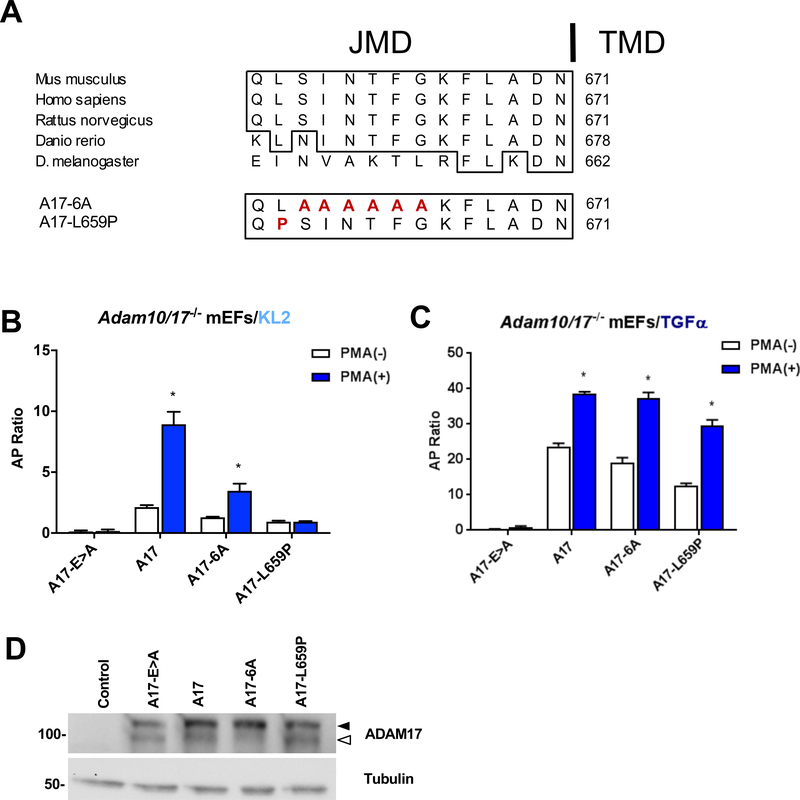Figure 5. The extracellular JMD of ADAM17 has a role in the substrate selectivity of stimulated ADAM17.
(A) Amino acid sequence alignment of the ADAM17 extracellular JMD in four vertebrates and D. melanogaster, which uses active Rhomboids to activate the EGFR (identical sequences boxed). A series of six conserved JMD residues found in vertebrates but not D. melanogaster was mutagenized to alanine (ADAM17–6A). In addition, a point mutation found in a human patient suffering from Tetralogy of Fallot, a congenital heart defect, is indicated (L659P). (B, C) Rescue experiments were conducted in Adam17−/− mEFs to assess the ability of the ADAM17 JMD mutants to support stimulated ADAM17-dependent shedding of KL2 (B) versus TGFα (C). Results are shown as mean ± SEM (n=3). * denotes P≤0.05 between the PMA (−) and PMA (+) condition for a given sample. (D) Comparable expression of ADAM17 and the ADAM17 JMD mutants was confirmed by Western Blot analysis, which showed slightly less mature A17–6A compared to the other mutants, despite comparable activity on TGFα (C). The pro-form of ADAM17 is marked by a black arrowhead and the mature form by a white arrowhead. Western blots are representative of at least three independent experiments.

